What springs to mind when you hear the term “arranged marriage”? If you’re picturing two frowning, unhappy people meeting for the first time at the altar, in some cases you might be right — but in many cases, this is a shallow stereotype about what arranged marriage is actually like.
Arranged marriage is many things — a societal function, a controversial institution, an often-misunderstood union — and, of course, it’s different depending on the culture and geographical area in which you reside. Here, we’re taking a deep-dive into the practice of arranged marriage and exploring the facts, myths, statistics and everyday realities behind this tradition.
What Is an Arranged Marriage?
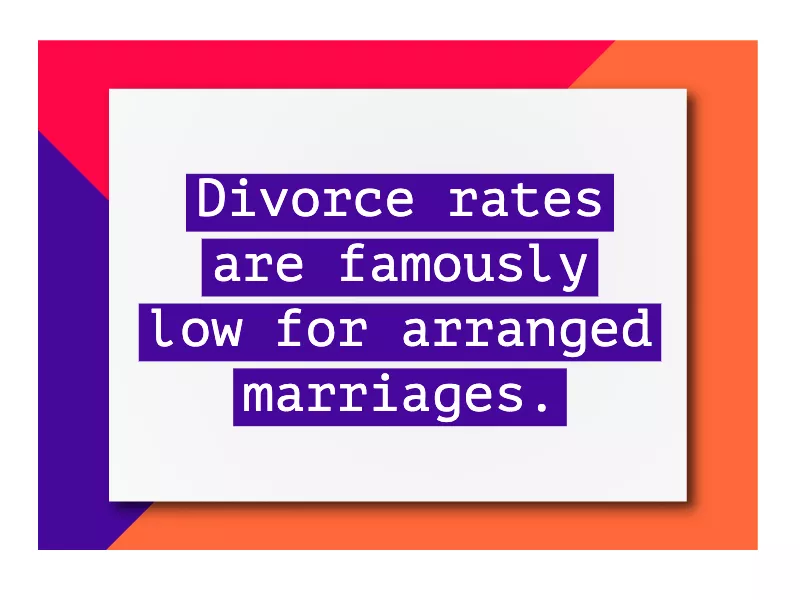
FamilyMinded
An arranged marriage is any marriage in which “parents or other designated individuals choose a person’s spouse,” according to Dr. Jefferson Fish, a Professor Emeritus of Psychology at St. John’s University, who’s written extensively about this topic. This type of marriage is in contrast to what are commonly called “self-selected marriages,” in which people choose their own partners. Though it may be shocking to some (particularly those in Western cultures), it’s been estimated that more than half of marriages worldwide are arranged marriages.
Divorce rates are famously low for arranged marriages, though this doesn’t necessarily mean that arranged marriages work better than self-selected marriages — it may simply indicate that those couples willing to be in arranged marriages are also unlikely to file for divorce.
The reasons for arranged marriages are often cultural or religious, and many people have written about why their choice to have an arranged marriage works for them. However, for many women and girls around the world, this isn’t a choice in the slightest.
When Arranged Marriages Are Forced Marriages
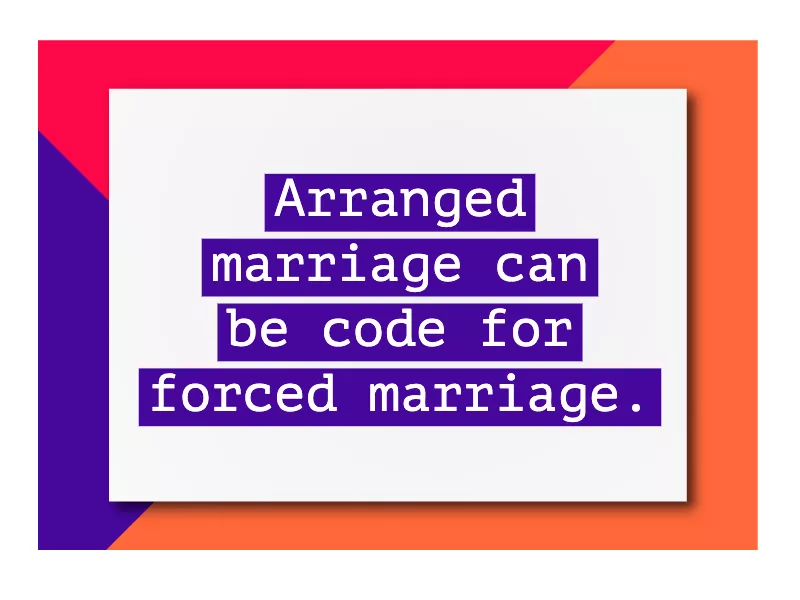
FamilyMinded
Unfortunately, in many cases, arranged marriage is code for forced marriage — and often in these cases, the “brides” are actually children. According to Girls Not Brides, child marriage is a global problem that can be found in literally every region of the world; horrifyingly, more than 650 million women alive today were married as children.
Niger claims the highest rate of child marriage in the world — UNICEF estimates that 76 percent of Nigerien girls are married off before they reach the age of 18. India is home to about one-third of the world’s known child brides. And in some parts of rural Central and Latin America, the practice of child marriage is still disturbingly common. According to the Council on Foreign Relations, Brazil ranked fourth in the world in terms of girls who are married or cohabiting by age 15, and in rural communities in Guatemala, 53 percent of girls were married by 18.
How Forced Marriage Differs
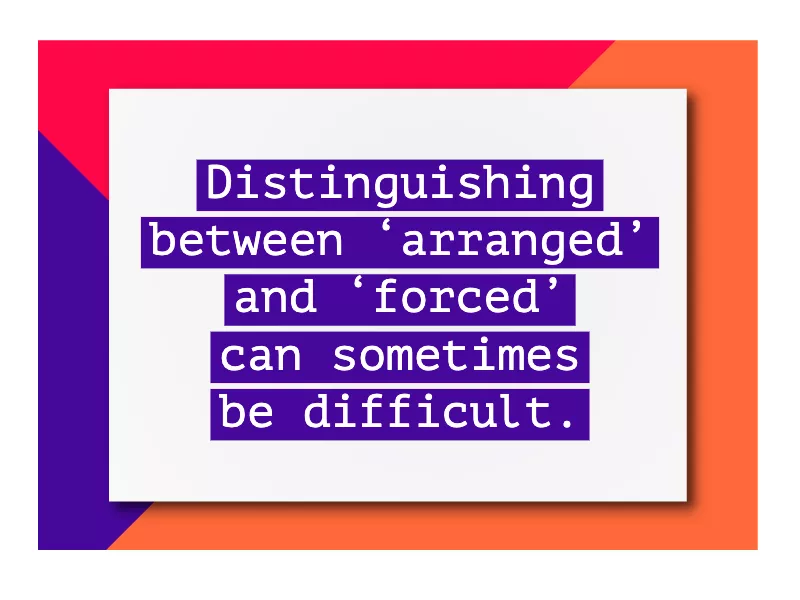
FamilyMinded
Forced marriage and child marriage are different from arranged marriages in which both adults readily consent to the union, though there’s often a fine line between consent and coercion. In some cases, the bride (and even the groom) may face intense pressure (and even acts of violence) from family members and society.
According to the organization Unchained At Last, distinguishing between “arranged” and “forced” can sometimes be difficult because many women and girls are pressured, tricked and bribed into getting married, even though they may not endure physical violence or explicit threats.
Arranged Marriages by Country
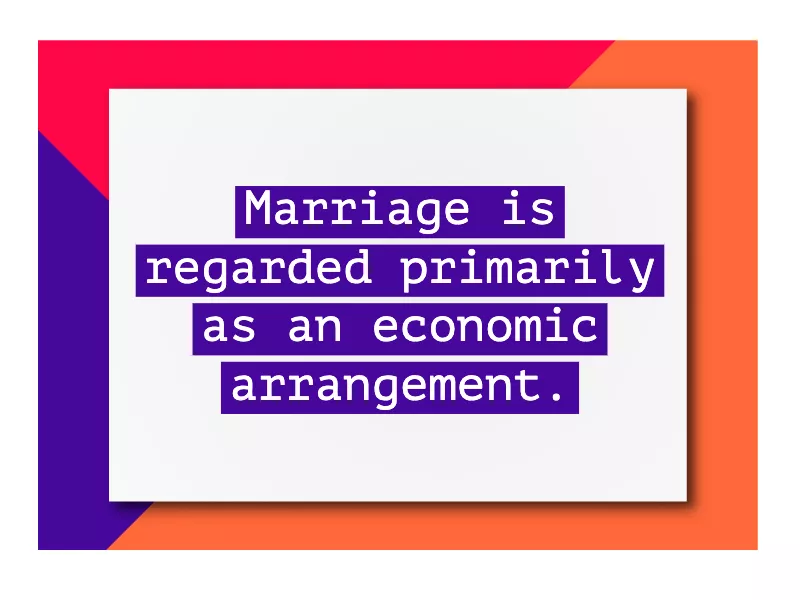
FamilyMinded
Generally speaking, in cultures that practice arranged marriage, marriage is regarded primarily as an economic arrangement, not a romantic one. (This isn’t to say, of course, that romance isn’t a factor in some arranged marriages.) In addition, according to Dr. Fisher, cultural attitudes about individualism versus collectivism are at play. In the West, people tend to marry to fulfill themselves, while in some non-Western cultures, “one’s primary responsibility is to the group — one’s parents, kin group, ancestors and others.”
With that said, it’s important to distinguish between countries and cultures when talking about such a diverse, ever-evolving cultural practice. There are numerous shades of arranged marriages, just as there are numerous shades of self-selected marriages.
In India

FamilyMinded
India is one of the countries where arranged marriage is most common. Marriage is regarded as a contract between families. In most cases, nearly every decision pertaining to the marriage is up to the elders of the respective families.
The process seems to be modernizing, though: Today, just like American millennials, young Indian women and men are using matchmaking sites to find partners. There are more than 1,500 of these sites in India, providing people with more choices than ever before.
In Japan
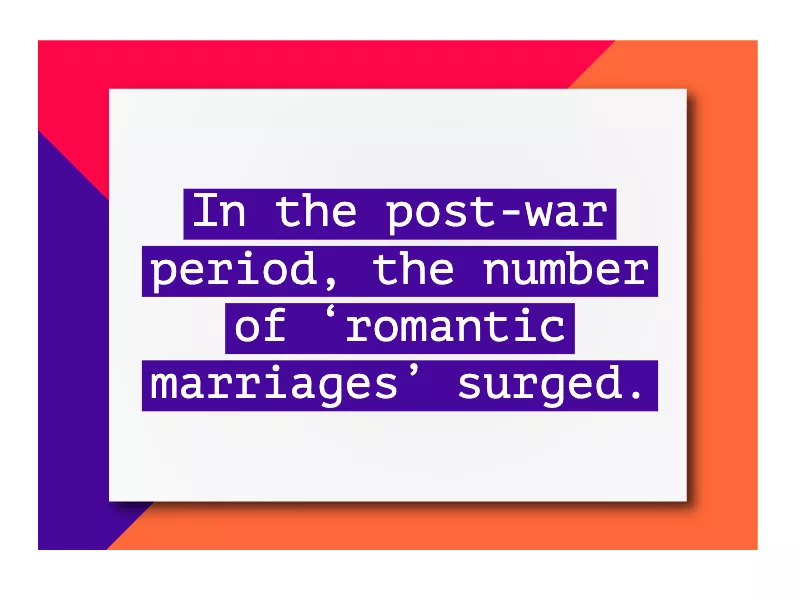
FamilyMinded
Until 1945, arranged marriage in Japan was near-universal. Men and women found their mates at pre-arranged miai meetings, or formal marriage interviews for men and women (also known as omiai meetings). In the post-war period, however, the number of “romantic marriages” surged.
Surveys by the National Institute of Population and Social Security Research indicate that, in 1930, 69 percent of couples got married through a miai, but this figure dropped to 5.2 percent in 2015.
In China
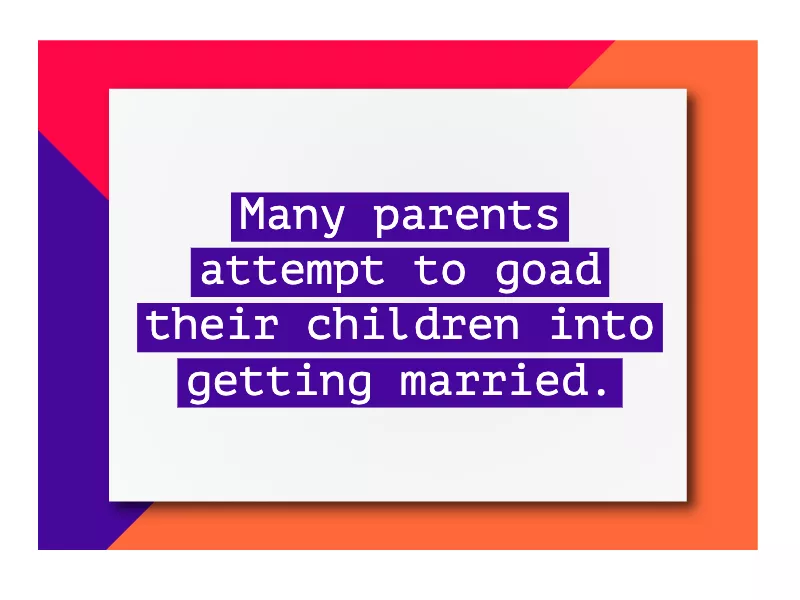
FamilyMinded
The practice of arranged marriage has been illegal since the 1950s in China. However, interestingly, parents do still remain heavily involved in the marital process. Many parents attempt to goad their children into getting married during family gatherings, according to China Daily.
As cited in the article, a recent study released by China Youth Concern Committee for the Advancement of Health and Physical Culture Development found that about 80 percent of Chinese people who have reached “marriageable age” are under pressure from their parents to get married.
In Iran
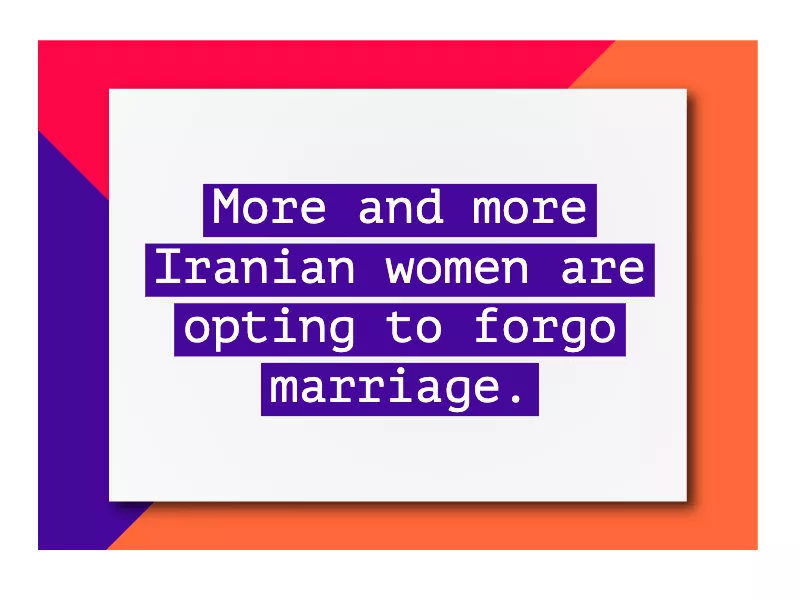
FamilyMinded
In Iran, cultural and social institutions have been wholly shaped by strict Islamic values, and arranged marriage is common (especially in rural areas). Even when couples choose their own partners, parental consent is still very important.
Interestingly, according to a recent article in the Los Angeles Times, more and more Iranian women are opting to forgo marriage altogether. Higher education is gradually becoming more common for women, and today, more than 3 million educated Iranian women over 30 are unmarried.
In Saudi Arabia
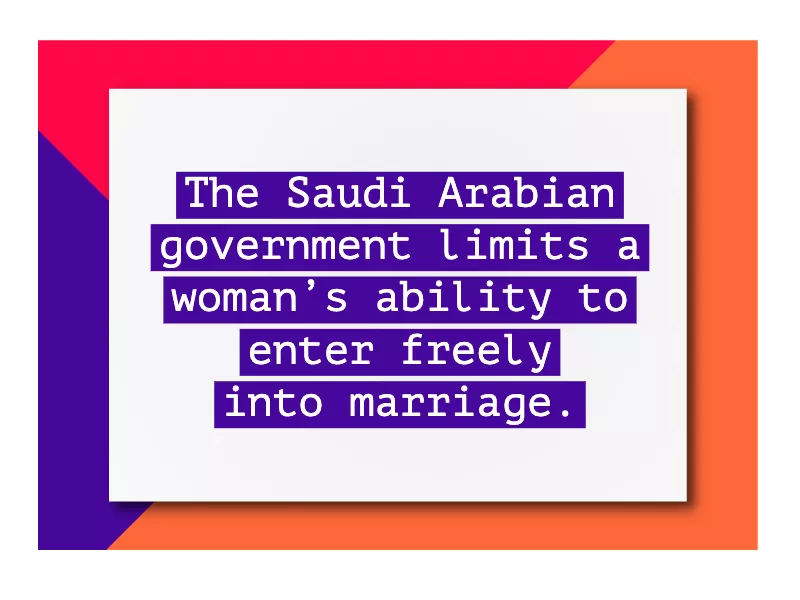
FamilyMinded
Saudi Arabia is one of the worst places in the world to be a woman — abusive, institutionalized patriarchy and rampant discrimination is the norm. According to Human Rights Watch, “no country restricts the movement of its female population more than Saudi Arabia.” Inequality in child custody, divorce, inheritance, employment and healthcare is just the tip of the iceberg. And when it comes to getting married, women have very few rights.
In fact, the Saudi Arabian government limits a woman’s ability to enter freely into marriage; she must obtain permission from her (male) legal guardian first. In addition, Saudi law has no minimum marriage age. Given that this is the cultural climate, forced marriages are unfortunately common. Of course, mutually desired arranged marriage and non-arranged marriage do exist as well.
In the United States
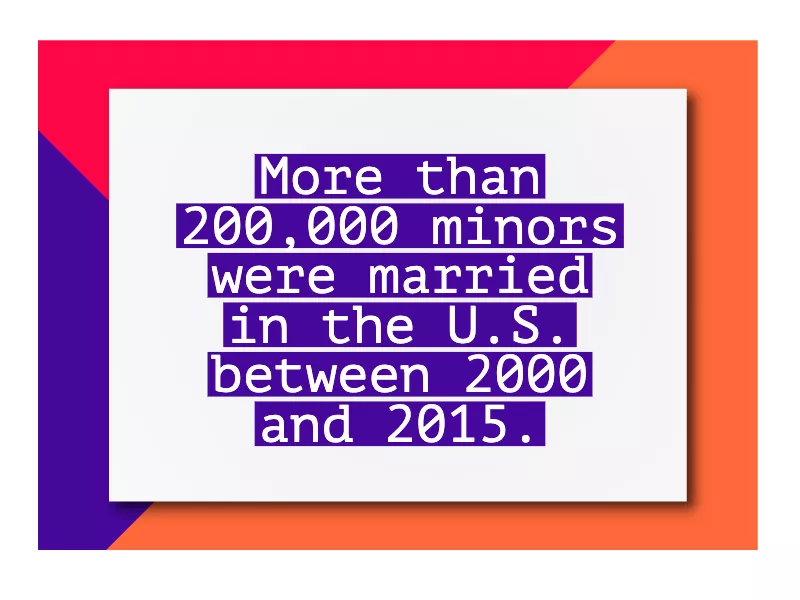
FamilyMinded
Arranged marriages in the U.S. are relatively rare compared to other parts of the world. However, forced marriages do happen: According to a survey by the Tahirih Justice Center, in 2011, there were 3,000 cases of forced marriage found within select immigrant communities (the study included immigrant communities from 56 countries and various faiths).
In addition, because there is no federal law regarding child marriage (every state sets its own requirements), thousands of minors are married in the U.S. every year. According to The New York Times, more than 200,000 minors were married in the U.S. between 2000 and 2015.
The Benefits of Arranged Marriage
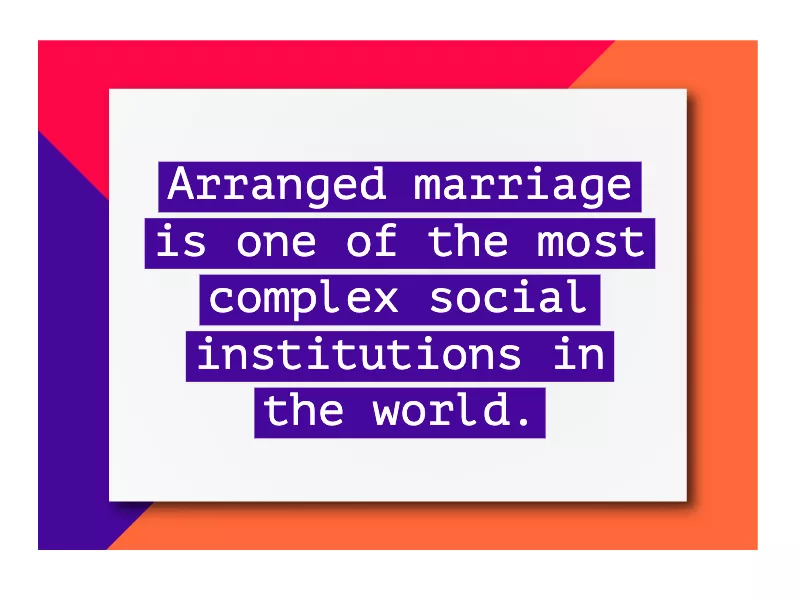
FamilyMinded
Arranged marriage (and marriage in general!) is one of the most complex social institutions in the world, regardless of the country or culture in which it’s based.
In order to present a rich, nuanced, well-rounded perspective that gets to the heart of what arranged marriage is actually like, it’s also necessary to detail some of the potential benefits of this age-old practice.
Benefit #1: Your Relationship Isn’t Just Based on Emotion
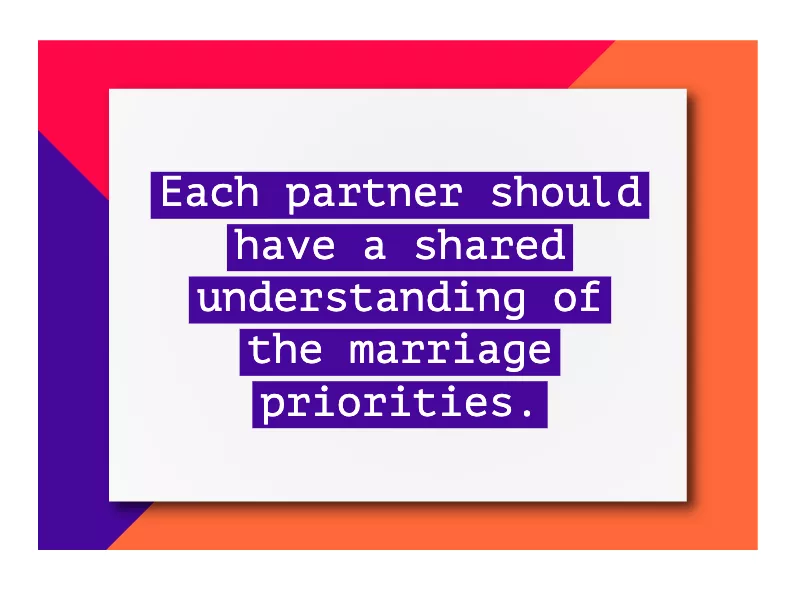
FamilyMinded
Yes, physical chemistry and a deep emotional connection are both important factors of a successful partnership — but so is logic. Ideally, each partner should have a concrete, shared understanding of the priorities in a marriage, and this often requires logic-based conversations.
Arranged marriages, then, have the advantage of not just being based on emotion and romance.
Benefit #2: There Are Clear Expectations From the Get-Go

FamilyMinded
When a couple doesn’t set clear expectations about a relationship, this can spell trouble for their future together. What do you think makes a good partnership? Do you want children? What’s your financial situation? Who’s going to do the dishes? (Yes, that last question is just as important as the others!)
With non-arranged marriages, these and other questions can go unanswered before the wedding, but people entering into an arranged marriage tend to have clear expectations about what they want their union to look like.
Benefit #3: You’re More Likely to Be Socially Compatible With Your Partner
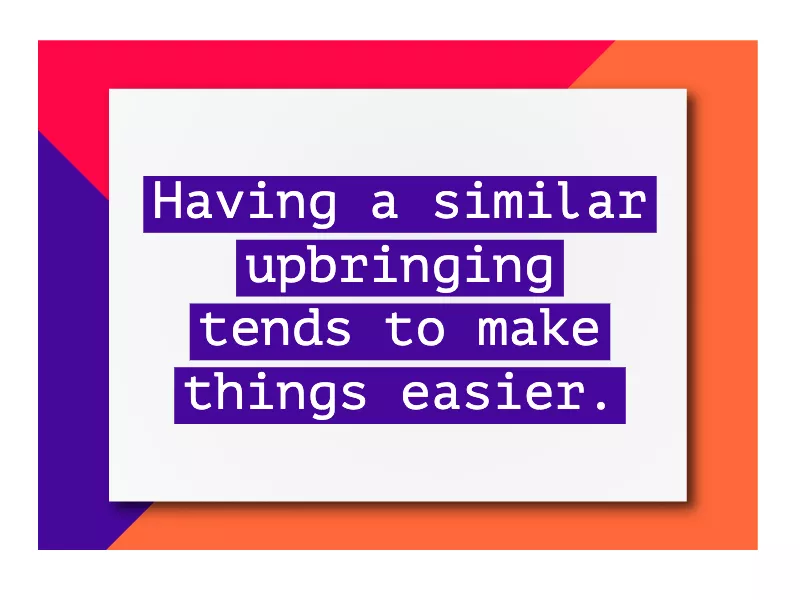
FamilyMinded
While obviously people from different backgrounds can fall in love and form a lasting partnership, when you and your partner have had a similar upbringing, this does tend to make things easier.
Mutual similarities in terms of socioeconomic background, cultural values, goals and lifestyle choices are an advantage in any marriage.
Remember: Love Takes All Shapes and Forms
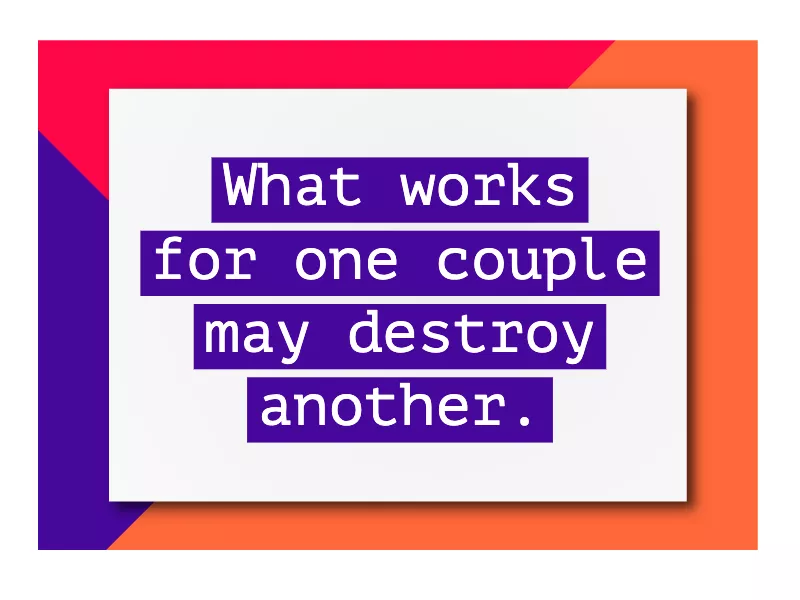
FamilyMinded
Perhaps the most important thing to remember when talking about arranged marriage is that every union is different, just as with self-selected marriage. Love can take on an endless variety of shapes and sizes — what works for one couple may destroy another in five seconds flat, and vice versa.
And ultimately, regardless of how two people may meet, what matters most is that the union is mutually desired and that both parties are willing to be communicative and patient, and work hard to maintain their relationship.